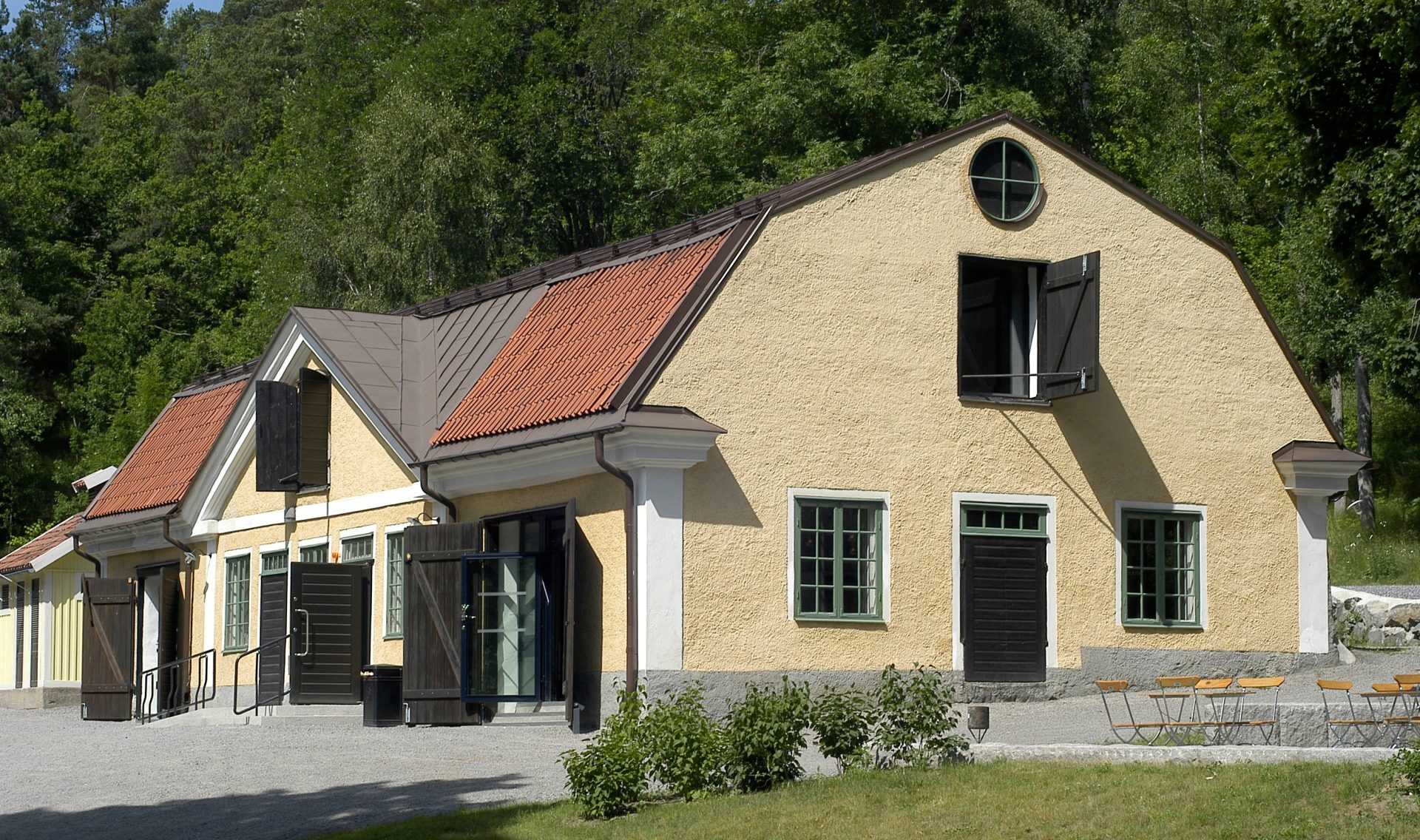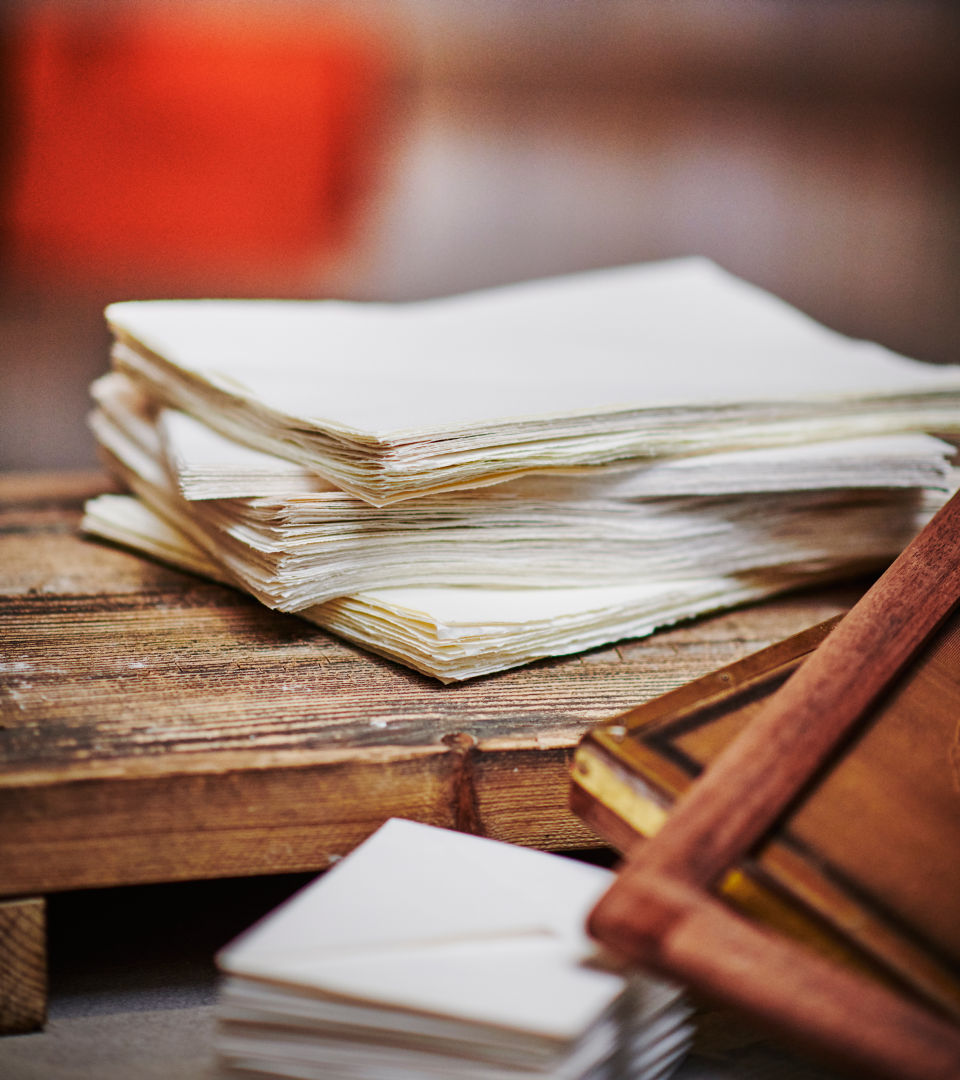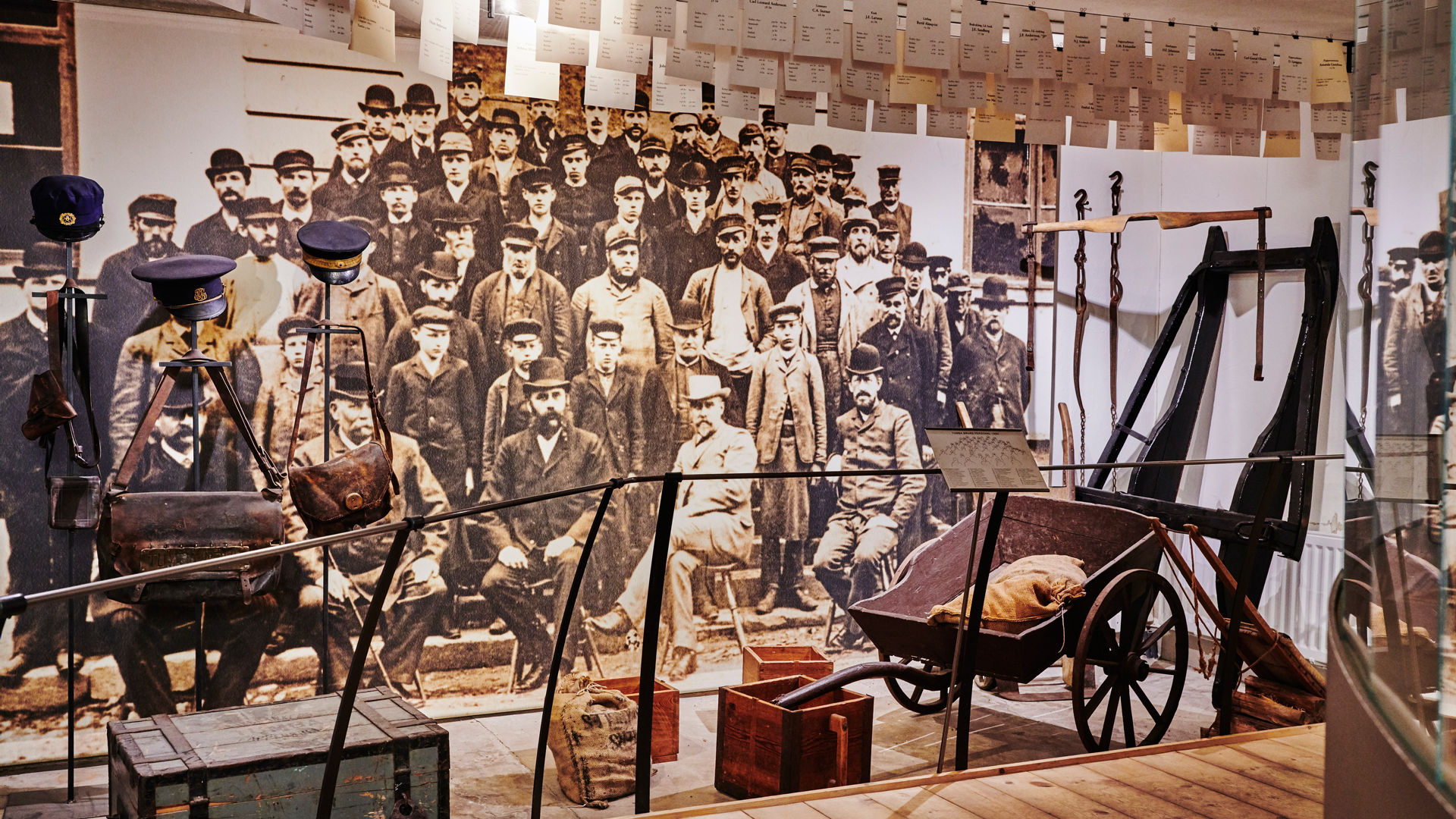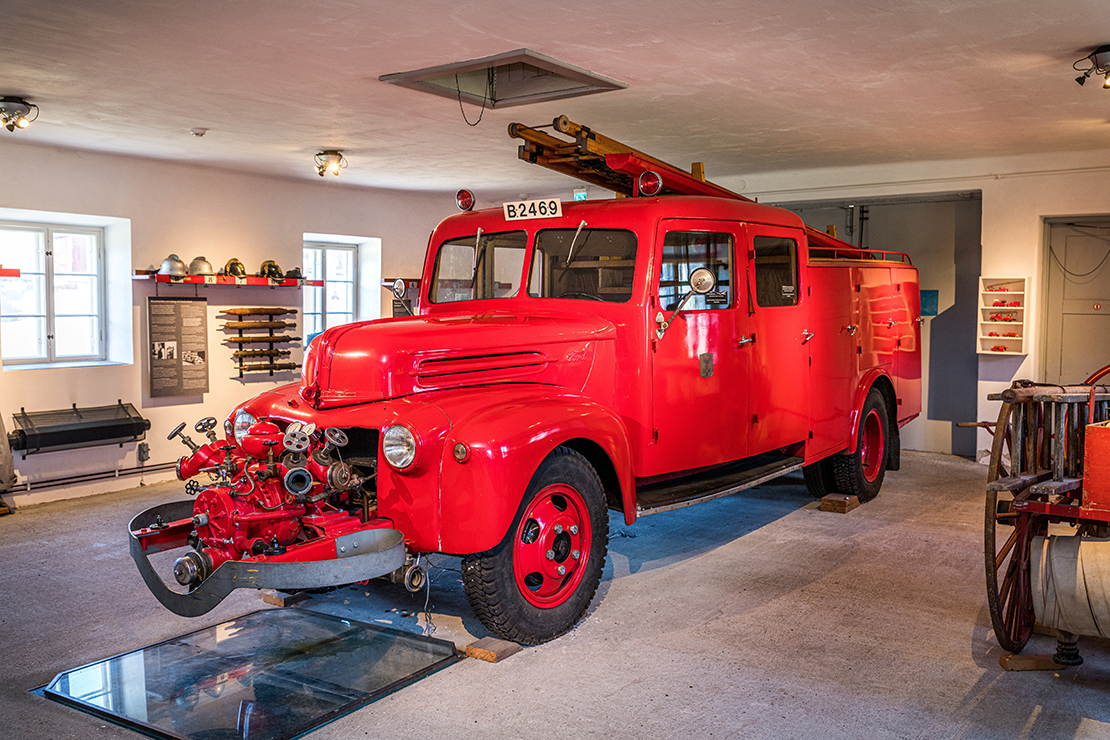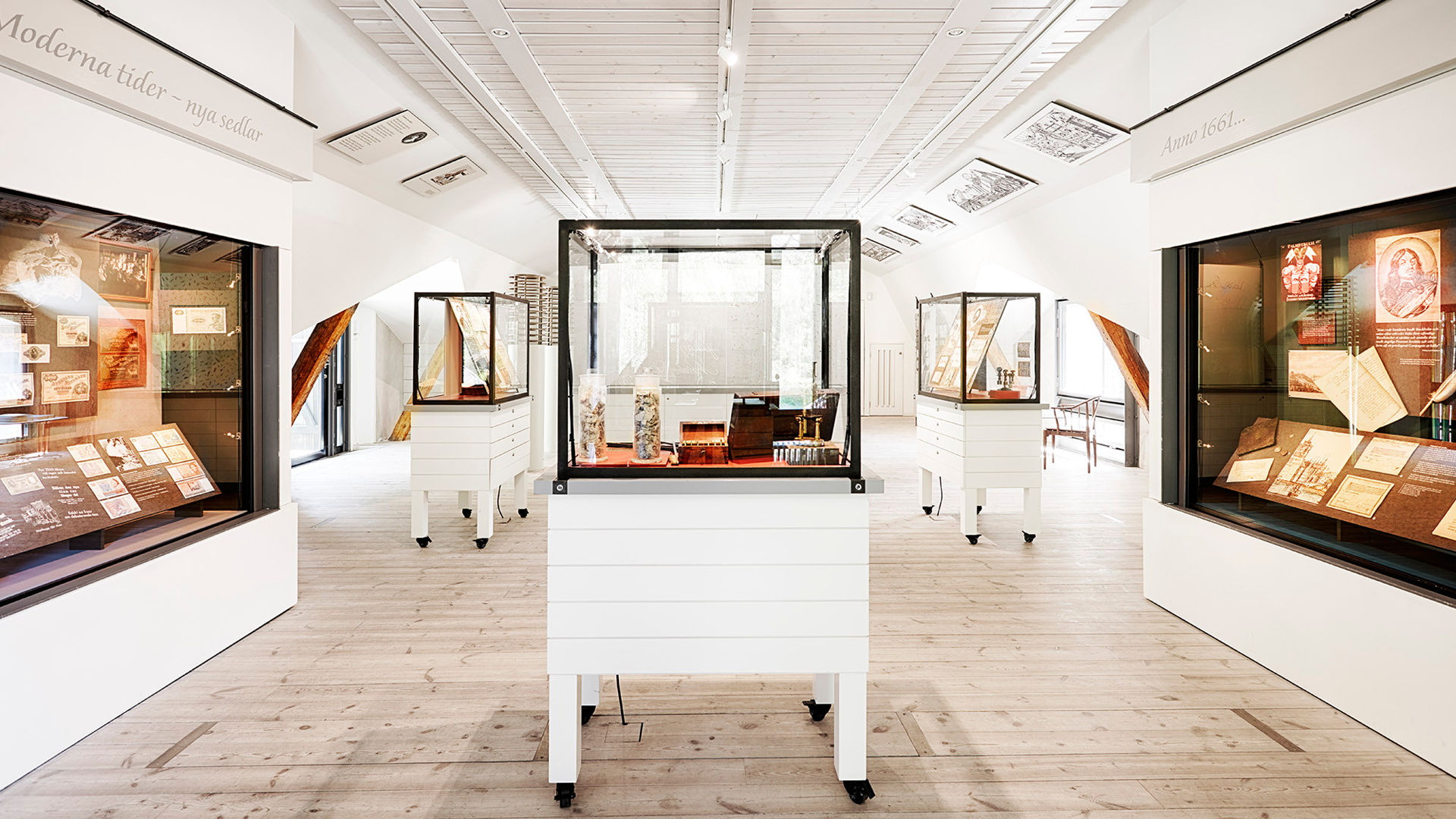
The History of Swedish Banknotes
It was in 1661 that the private bank Stockholm Banco began replacing coins with banknotes, resulting in both Sweden's first banknotes and the world's first banknotes. Stockholm Banco's history was short, however. In 1668, Riksens Ständers Bank was established, which is now known as Riksbank – Sweden's central bank.
In the early 19th century, the Riksbank had the mill area expanded and new buildings constructed. This was a modernisation of the almost fifty-year-old paper mill. The expansion also meant more workers, which in turn necessitated more and more modern housing.
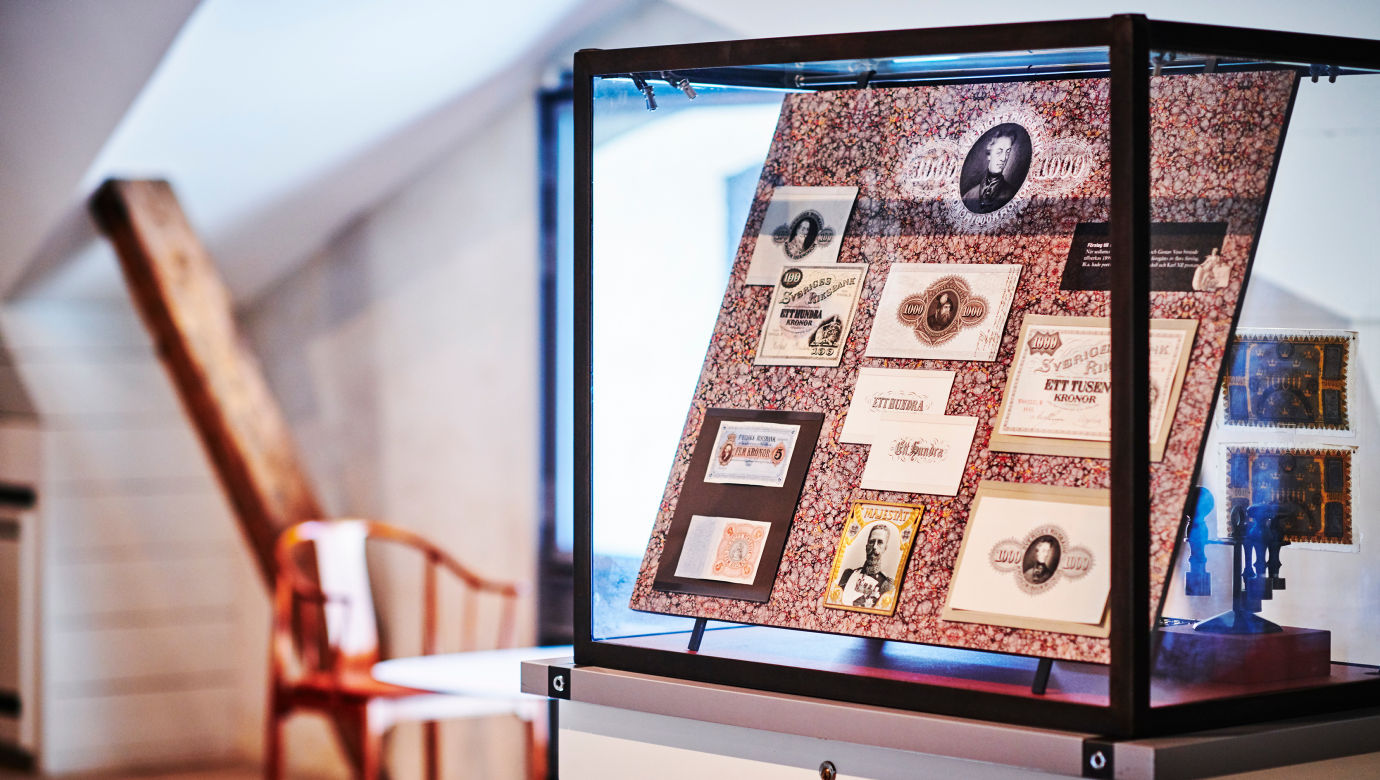
One of the new buildings erected in the 1820s became known as Oxhuset. It was a stable and wagon house. The transport of fibre and other materials required steady oxen and wagons. At least periodically there was a hearse in the wagon house. Larger mills and farms always had a hearse or wagon for that purpose, just as they had a mortuary or special place to store the dead.
Oxhuset was designed by the architect Christoffer Gjörwell, who was also responsible for the plans for the paper mill's largest building, Stenhuset. Anders Almberg was the master builder for Tumba Mill and supervised the construction. The actual builders were crofters and farmhands from the mill.
When the Royal Coin Cabinet took over the running of the mill museum in 2004, there was a strong desire to increase the exhibition space and to have a better entrance function and a café in place. In the later part of the 20th century, Oxhuset served as the home of the contractors who worked at the mill. In addition to the break room, there was a small woodworking shop with, among other things, a plane and band saw.
Walk through the exhibition and read about the reasons for the introduction and abolition of the Riksbank's banknote ban. See how the colour and shape of the banknotes have changed with new paper and printing techniques. Also follow the development of security features in the constant fight against counterfeiters.
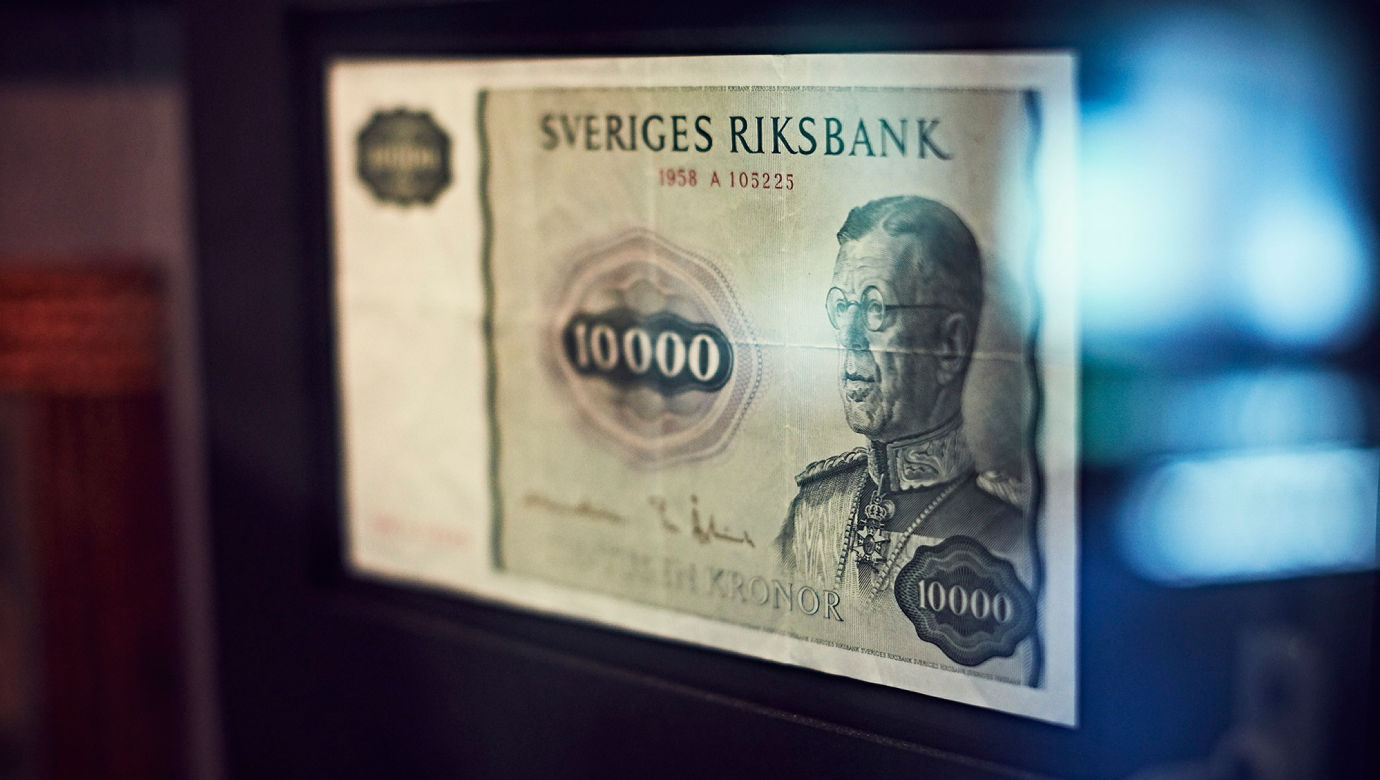
Accessibility
The exhibition is on display in Oxhuset, the museum's main building, with entrance and shop. Oxhuset has two toilets, one of which is accessible, and a changing table. The exhibition is located on the upper floor, which can be accessed by both stairs and a lift. The exhibition is accessible for both prams and wheelchairs.
